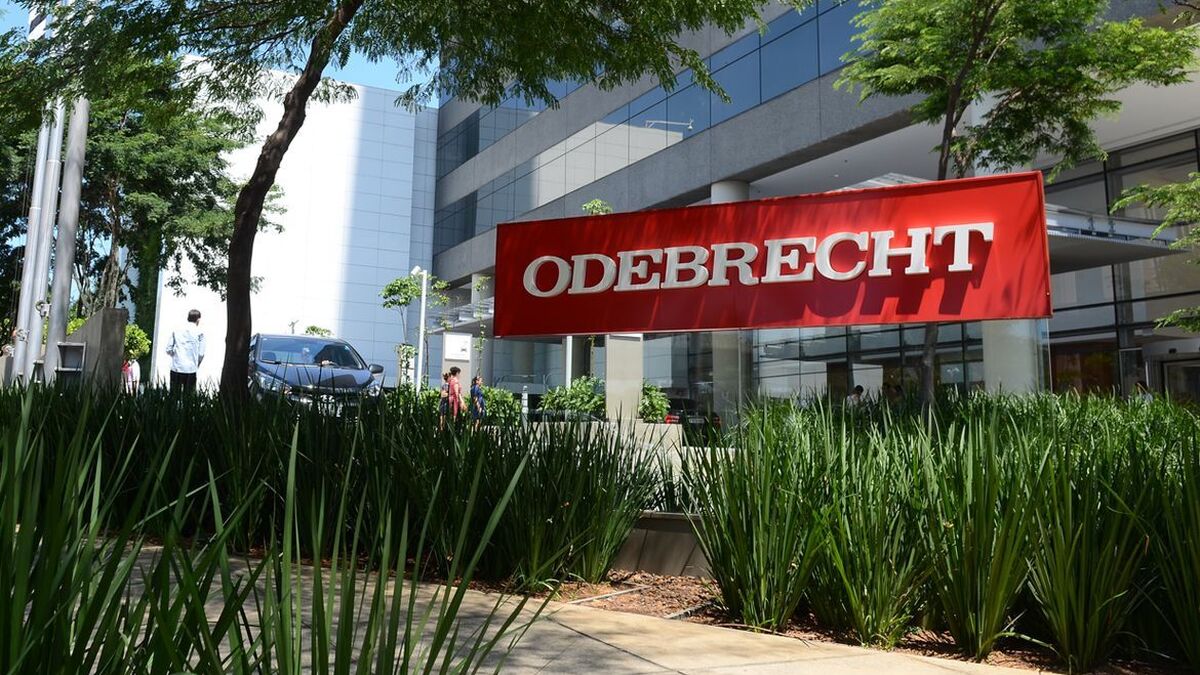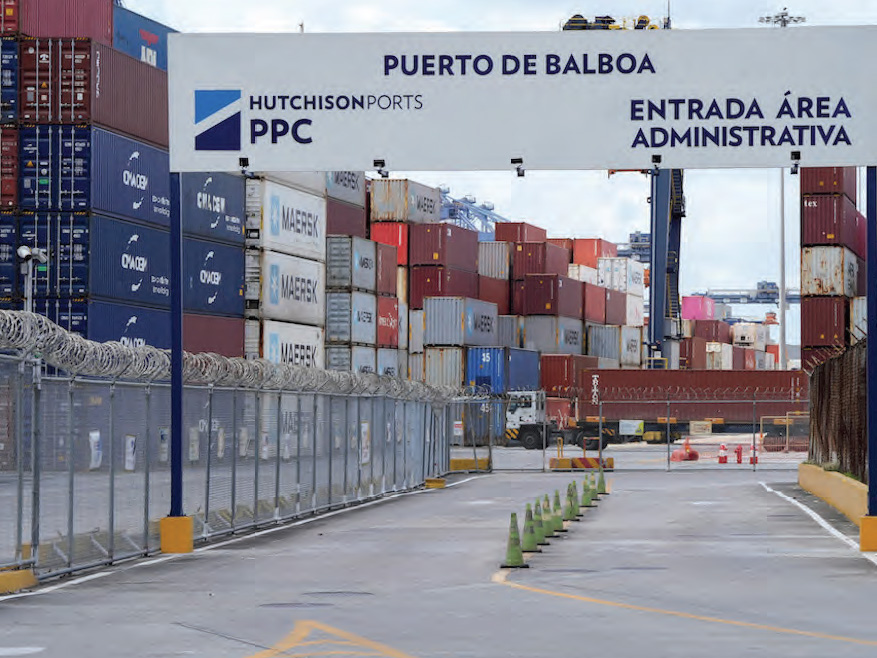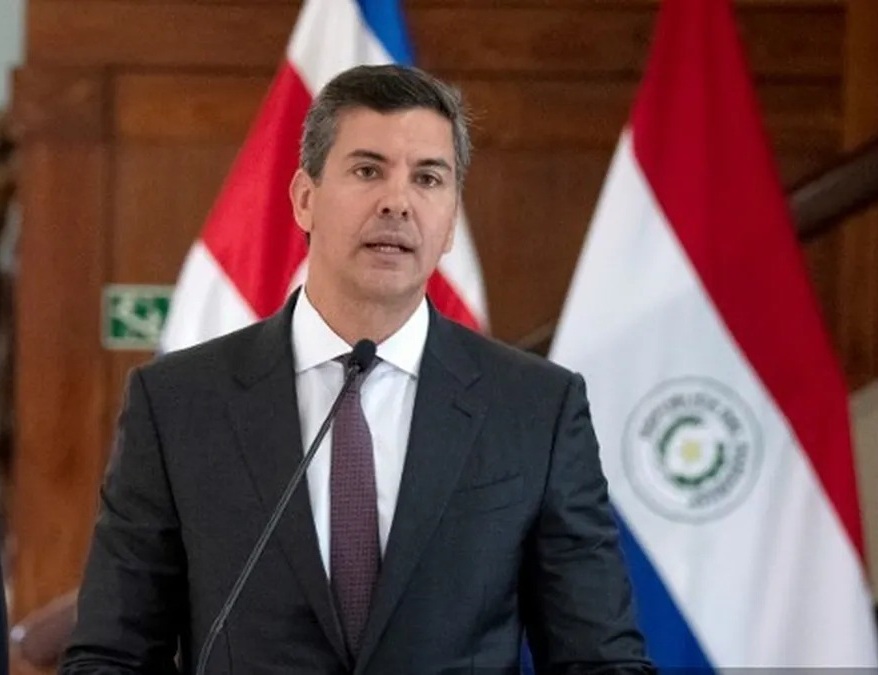Odebrecht seeking $21 billion bankruptcy aidm busy in Panama

Odebrecht, the Brazilian construction giant which still owes millions of dollars in reparations to Panama is seeking bankruptcy protection.
Meanwhile dozens of Panamanians, including the sons of Ricardo Martinelli. face criminal investigations linked to some $102 million in bribes by Odebrecht which won billions of dollars in contracts from successive Panama governments.
Facing massive debts and a deteriorating reputation for its leading role in the corruption scandal known as Lava Jato which involved bribery of governments and individuals from Latin America to Angola the Odebrecht holding company on Monday, June 17 began a process of bankruptcy protection to find a way to restructure its debt.
The holding company, which has been part of a structured bribery scheme, is the core of a conglomerate that includes Constructora Odebrecht, with operations in Panama, and oil and gas companies.
With the declaration of bankruptcy, Odebrecht avoids being brought down by one of its debtors, and thus protects guarantees and loans between companies of a group of creditors, which includes Brazilian banks and investors of foreign bonds, according to information from Bloomberg.
Odebrecht suffers the consequences of an increasingly reduced cash flow, after revealing its role in the Lava Jato scandal and its former president Marcelo Odebrecht, jailed.
It would be a corporate bankruptcy of $21,500 billion, in what would be one of the largest debt restructurings in Latin America, according to a company statement.
Trying to clean up the image of its his subsidiary companies, with the rebranding of the construction company, and to implement what it called an internal control system, which included the appointment of independent directors was not enough.
Paying debts was is increasingly complicated, so the holding Odebrecht moved to start a bankruptcy process.
The construction division of Odebrecht, along with 15 other Brazilian construction companies, led the biggest corruption scandal in the history of Latin America, participating in a network that diverted funds from Brazil’s state-owned Petrobras, through inflated contracts and overpriced tenders. . The same scheme was used in other countries where it had operations.
Since that network was discovered in 2014, the group’s companies have had limited access to credit and also restrictions on participating in public contracts in some countries, such as neighboring Colombia although Panama continues favoring the company.
With creditors seeking to seize assets pledged as collateral for unpaid loans, the bankruptcy move was the best way out to conclude debt restructuring.
The holding company received a blow in early June when the group’s ethanol unit filed for bankruptcy protection, and the purchase talks with Lyondell Basell Industries NV over the petrochemical unit Braskem collapsed reports La Prensa.
Panama operations
The company said Monday that the moves in Brazil do not represent any change or affect the operations it maintains in Panama.
Currently At this moment, the construction company is involved in the final phase of the expansion of the Tocumen terminal, the renovation of the streets of the city of Colón, and the expansion of line 2 of the Metro, which runs from the Corredor Sur station To the Tocumen airport.
In addition, it bids for the contract to extend the first line of the Metro, from San Isidro to Villa Zaíta.
“OEC (the company’s new name in Panama is a company with government, structure and its own capital, and will continue to deliver projects on time and with quality (…),” the company said in a statement.
In the country, the company assured that it will also comply with the payment to its suppliers, subcontractors, and judicial obligations, after recognizing the bribes it paid to benefit from contracts.
So far, the payment by Odebrecht of more than $100 million in bribes in Panama has been counted says La Prensa.
Panama Bribes
Anticorruption prosecutors have detailed that in the administration of Martin Torrijos (2004-2009) more than $5.5 million would have been paid; in Ricardo Martinelli’s tome (2009-2014) $ 96.7 million and in the one of Juan Carlos Varela five projects are investigated.
0
–





